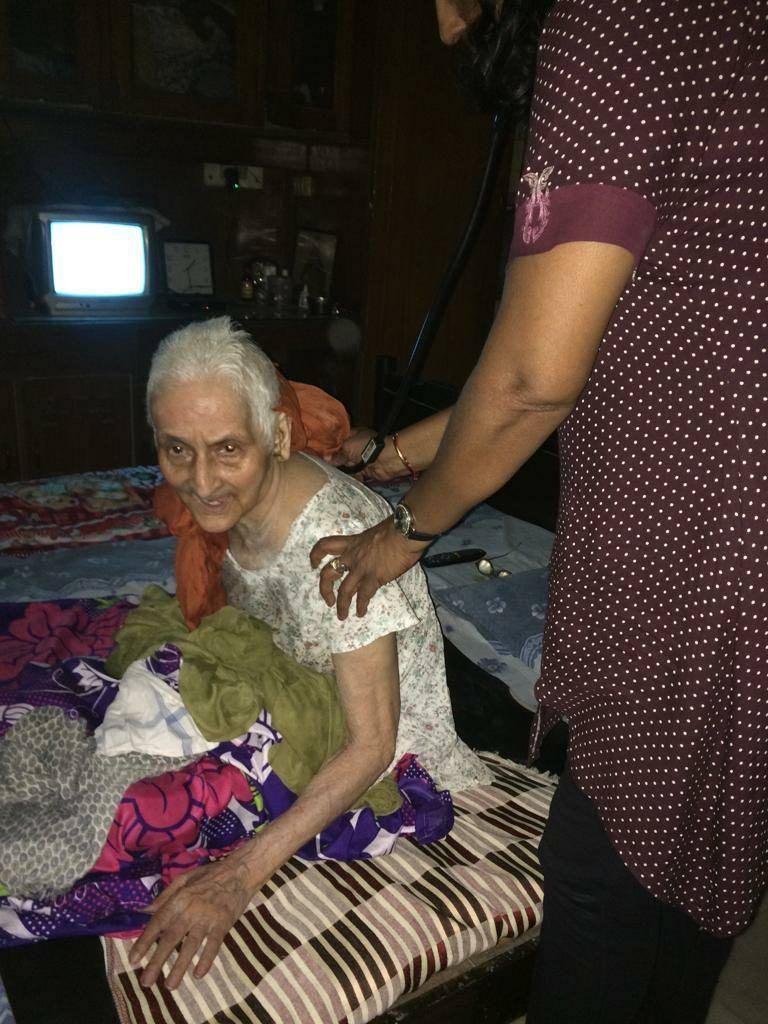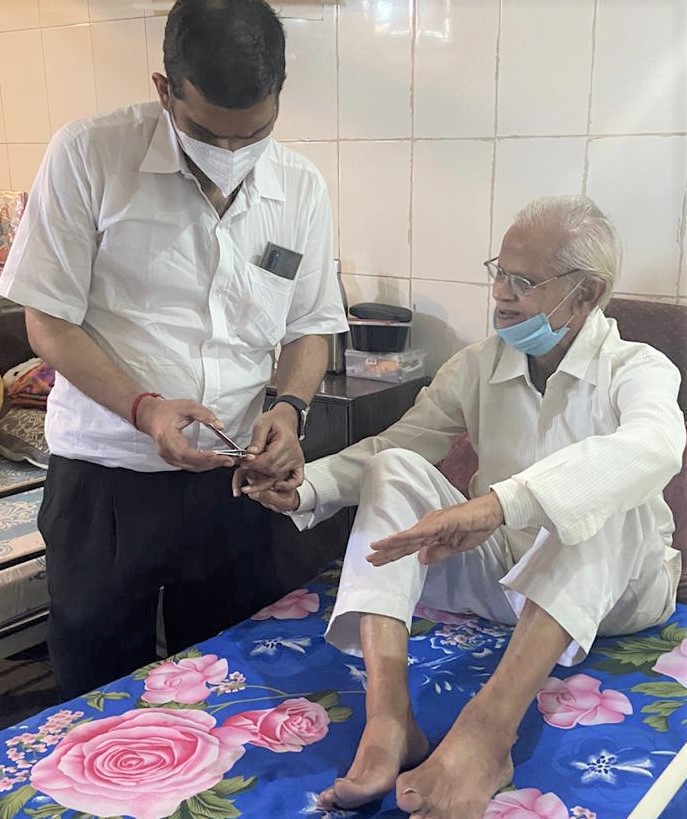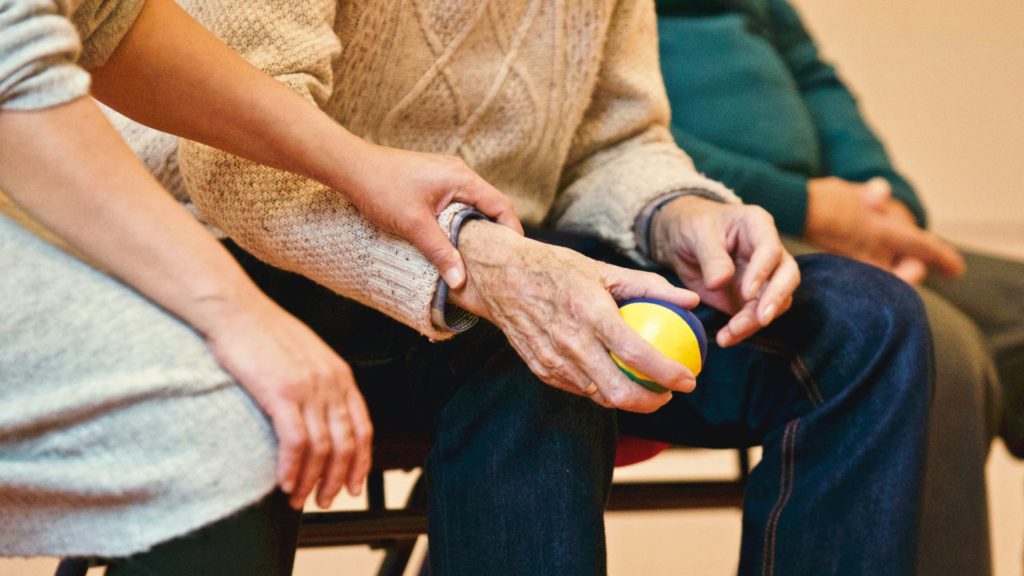- Set a positive mood for interaction: Your attitude and body language communicate your feelings and thoughts more strongly than your words do. Set a positive mood by speaking to your loved one in a pleasant and respectful manner. Use facial expressions, tone of voice, and physical touch to help convey your message and show your feelings of affection.
- Get the person’s attention: Avoid distractions and noises, turn off electronic gadgets like radio, TV, shut the door or move to quieter surroundings. If you want to talk to them, make sure you have their attention; address them by using their names, also introduce yourself to them by taking your name and relation, use nonverbal cues and touch to help them keep focused. If the patient is seated get down to her level and maintain eye contact.
- Say message clearly: Use simple words and sentences. Speak slowly, clearly, and in a reassuring tone. Don’t raise your voice higher or louder; instead, pitch your voice lower. If they don’t understand the first time, use the same wording to repeat your message or question. If they still don’t understand, wait a few minutes and rephrase the question. Use the names of people and places instead of pronouns (he, she and they) or abbreviations.
- One question at a time: Ask one question at a time; those with yes or no answer are the best to use. Avoid asking open ended questions or giving too many options to answer. Provide visual prompts and clues to clarify the question asked and to guide to the answer. For example, ask, “Would you like to wear your white shirt or your blue shirt?”
- Listen with your ears, eyes and heart: be patient while waiting for a response from your loved one. If they are struggling with an answer, suggest them with words. Notice their body language and respond accordingly. Always try to listen to the meaning of the wording they are trying to say and understand their feelings.
- Break down activities into a series of steps: This makes many tasks much more manageable. You can encourage your loved one to do what he can, gently remind him of steps he tends to forget, and assist with steps he’s no longer able to accomplish on his own. Using visual cues, such as showing him with your hand where to place the dinner plate, can be very helpful.
- Speak, change the topic and pass on: If your loved one becomes upset or angry, try changing the subject or the environment. For example, ask him for help or suggest going for a walk. It is important to connect with the person on a feeling level, before you redirect. You might say, “I see you’re feeling sad—I’m sorry you’re upset. Let’s go get something to eat.”
- Show some affection and care: Dementia patients often feel confused, anxious and unsure of themselves. Further, they often get really confused and may recall thing that never did happened. Avoid trying to convince them that they are wrong. Focus on the feelings they are demonstrating and respond with actions of comfort, support and reassurance. Sometimes holding hands, touching, hugging and praise will help the person to respond well.
- Make them remember good old memories: Remembering the past is often a soothing and affirming activity. Many people with dementia may not remember what happened 45 minutes ago, but they can clearly recall their lives 45 years earlier. Therefore, avoid asking questions that rely on short-term memory, such as asking the person what they had for lunch. Instead, try asking general questions about the person’s distant past—this information is more likely to be retained.
- Try to make the conversation light: Use humor whenever possible; do not make fun of the person itself. People with dementia tend to retain their social skills and are usually happy to laugh along with you.
Photo by Andrea Piacquadio from Pexels












